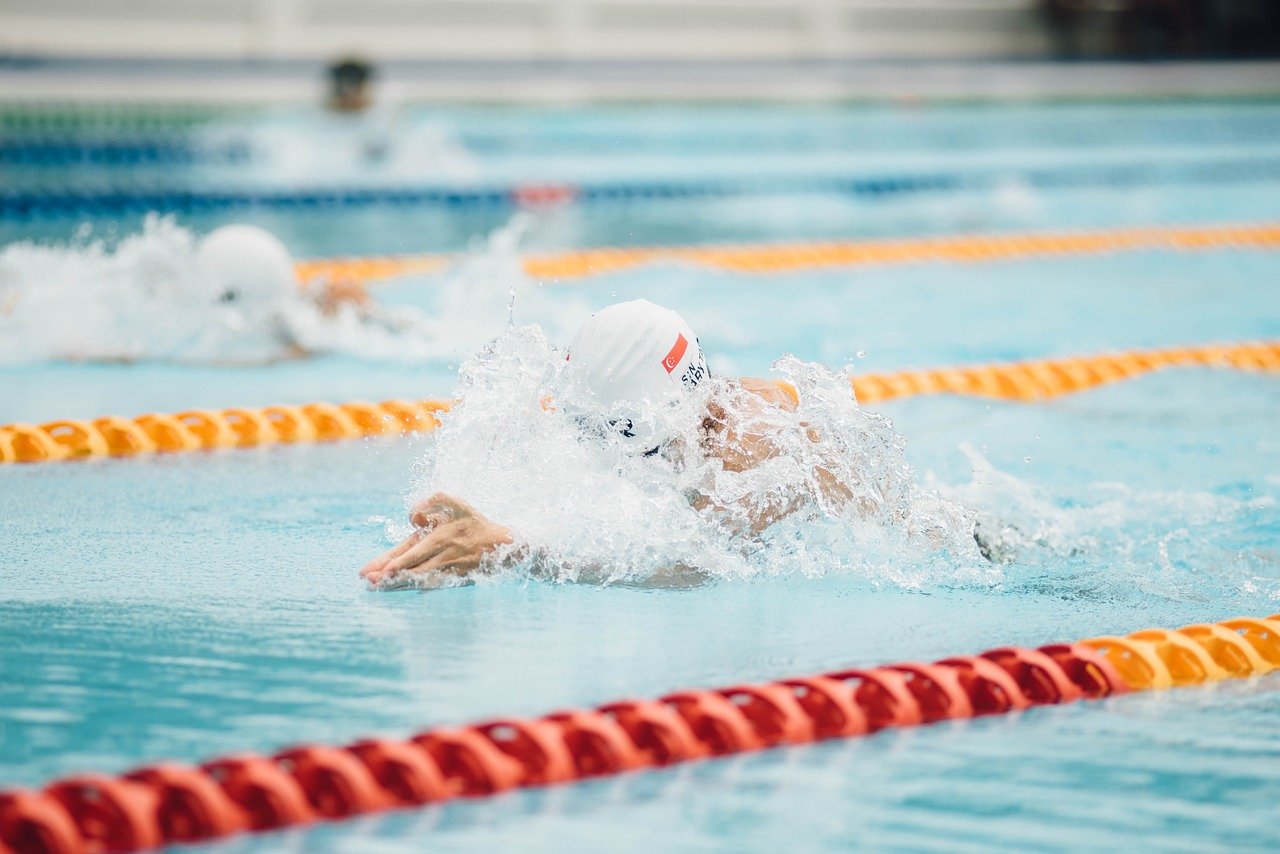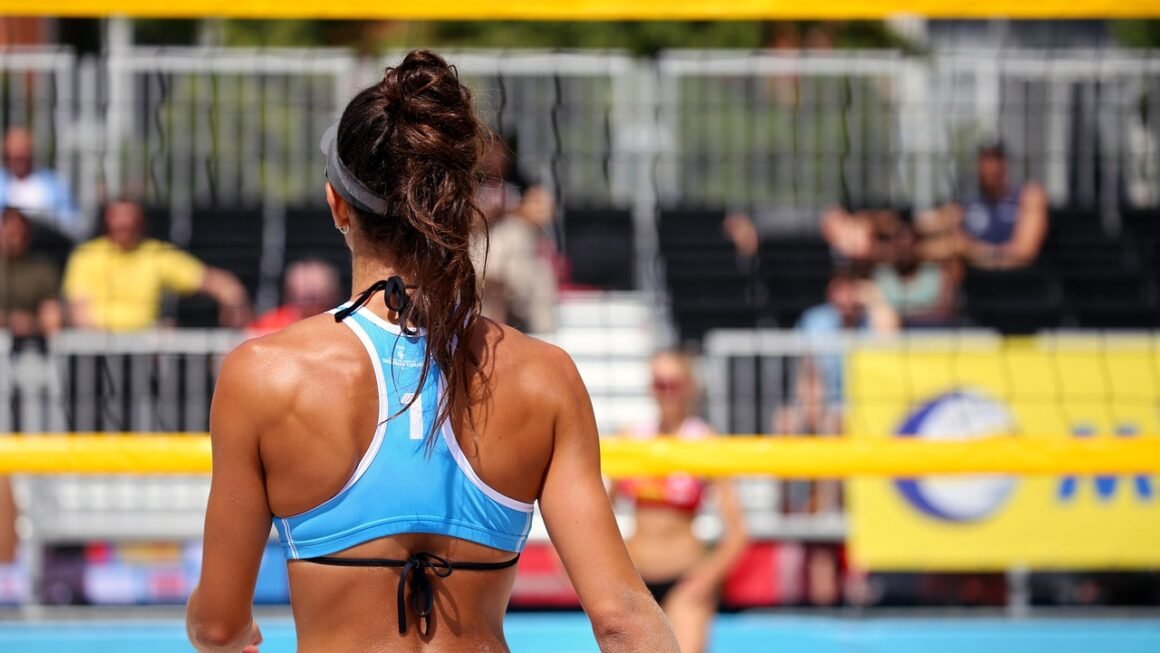Freestyle wrestling is more than just a sport; it’s a dynamic blend of athleticism, strategy, and sheer willpower. Whether you’re a seasoned grappler, a curious fan, or simply someone looking for a challenging physical pursuit, understanding the nuances of freestyle wrestling can open up a world of exciting competition and personal growth. This post dives deep into the core principles, rules, techniques, and training methodologies that define this captivating discipline.
What is Freestyle Wrestling?
Defining Freestyle Wrestling
Freestyle wrestling is a combat sport characterized by its emphasis on takedowns, throws, and pinning combinations. Unlike Greco-Roman wrestling, which prohibits holds below the waist, freestyle allows wrestlers to utilize their entire body, including legs, to execute maneuvers. This freedom creates a more dynamic and unpredictable style of grappling. The objective is to score points by taking down, controlling, or pinning your opponent.
Key Differences from Greco-Roman Wrestling
While both are Olympic wrestling styles, the difference lies primarily in permitted holds:
- Freestyle: Allows holds and attacks both above and below the waist. Leg attacks are legal and frequently used.
- Greco-Roman: Restricts holds to above the waist only. Leg attacks are prohibited.
This distinction leads to different strategies and techniques being employed in each style. Freestyle often features a higher tempo and more scrambling situations due to the wider range of available attacks.
A Brief History
Freestyle wrestling emerged in the late 19th century, gaining popularity in Europe and the United States. It was quickly incorporated into the modern Olympic Games in 1904. Since then, it has evolved into a global sport with dedicated athletes and passionate fans worldwide. Over the decades, the rules have been refined to ensure fair competition and prioritize athlete safety. The sport continues to evolve with new techniques and training methodologies.
The Rules of the Game
Scoring Points
Understanding the scoring system is crucial to appreciate the strategy involved in freestyle wrestling:
- Takedown (2 points): Taking your opponent from a standing position to the mat while gaining control.
- Exposure (2-4 points): Exposing your opponent’s back to the mat at a near-fall angle (less than 90 degrees). The number of points depends on the duration of the exposure. A short exposure is worth 2 points; a longer exposure with imminent danger of a pin is worth 4 points.
- Reversal (1 point): Going from a defensive position (on the bottom) to a controlling position (on top).
- Penalty (1 point): Awarded to the opponent when a wrestler commits a foul, such as stalling, fleeing the mat, or using illegal holds.
- Caution (1 point): A warning given for passivity. Multiple cautions can lead to a penalty point awarded to the opponent.
Match Structure and Time
A typical freestyle wrestling match consists of two three-minute periods, with a 30-second break in between. If neither wrestler has achieved a technical superiority (leading by 10 points), the match continues until the end of the second period.
- Technical Superiority (10-point lead): If a wrestler gains a 10-point lead over their opponent, the match is automatically stopped, and that wrestler is declared the winner.
- Pin: If a wrestler pins their opponent (holding both shoulders to the mat simultaneously), the match ends immediately, and the wrestler securing the pin is declared the winner.
Common Fouls and Penalties
Certain actions are considered illegal and can result in penalties:
- Stalling: Intentionally avoiding engagement or progress during the match.
- Fleeing the Mat: Stepping out of bounds to avoid a potentially dangerous situation.
- Illegal Holds: Using holds that could potentially cause injury, such as twisting joints beyond their normal range of motion.
Essential Techniques and Strategies
Takedowns: The Foundation of Offense
Takedowns are fundamental to freestyle wrestling. Here are some common takedown techniques:
- Single Leg Takedown: Grabbing one of the opponent’s legs and driving through to bring them to the mat.
- Double Leg Takedown: Grabbing both of the opponent’s legs and lifting or driving them backward.
- Ankle Pick: Quickly grabbing the opponent’s ankle to disrupt their balance and bring them down.
- Headlock: Wrapping your arm around the opponent’s head and using leverage to pull them off balance and down.
- Example: A wrestler might use a single leg takedown to get their opponent down, switching from a high to a low single, adapting to the opponent’s defense.
Ground Control and Turning
Once on the mat, controlling your opponent and turning them for exposure points is critical:
- Leg Lace: Entangling your opponent’s legs to control their movement and create opportunities for turns.
- Gut Wrench: Grabbing your opponent around the waist and lifting them to expose their back to the mat.
- Tilt: Tilting your opponent to a near-fall position by controlling an arm and a leg.
- Example: From a front headlock position on the mat, a wrestler might transition to a leg lace to turn their opponent for exposure.
Defensive Strategies and Counter-Attacks
Effective defense is just as important as offense:
- Sprawling: Quickly extending your legs backward to prevent an opponent from completing a takedown.
- Whizzering: Using an arm to control an opponent’s arm and prevent them from securing a takedown.
- Circling: Moving around the mat to avoid being trapped or taken down.
- Example: If an opponent attempts a double leg takedown, the defender can sprawl to prevent the takedown and then look to counter with a front headlock.
Training for Freestyle Wrestling
Physical Conditioning
Freestyle wrestling demands a high level of physical fitness:
- Strength Training: Focusing on compound exercises like squats, deadlifts, and bench presses to build overall strength.
- Cardiovascular Endurance: Running, swimming, or cycling to improve stamina and endurance.
- Agility and Flexibility: Drills to improve agility and stretching to enhance flexibility.
Technical Drills
Repetitive drilling is essential for mastering techniques:
- Takedown Drills: Practicing various takedowns against a resisting partner.
- Sprawl Drills: Developing quick and effective sprawling techniques.
- Live Wrestling: Sparring sessions to apply techniques in a realistic setting.
- Example: A typical training session may include 30 minutes of cardio, 45 minutes of technique drills, and 30 minutes of live wrestling.
Mental Preparation
Mental toughness is crucial for success in wrestling:
- Visualization: Mentally rehearsing successful performances and strategies.
- Goal Setting: Setting realistic and achievable goals to stay motivated.
- Stress Management: Developing techniques to manage stress and anxiety before and during competitions.
- Actionable Takeaway: Incorporate mindfulness techniques into your training routine to improve focus and reduce anxiety.
Benefits of Participating in Freestyle Wrestling
Physical Benefits
- Improved Strength and Conditioning: Wrestling builds overall strength, endurance, and cardiovascular fitness.
- Enhanced Agility and Coordination: The dynamic movements involved in wrestling improve agility and coordination.
- Weight Management: Wrestling is a physically demanding sport that can help with weight loss and maintenance.
Mental and Emotional Benefits
- Increased Self-Discipline: Wrestling requires dedication, discipline, and commitment.
- Improved Mental Toughness: Overcoming challenges in wrestling builds mental resilience and perseverance.
- Boosted Confidence: Achieving success in wrestling can significantly boost self-esteem and confidence.
Social Benefits
- Teamwork and Camaraderie: Being part of a wrestling team fosters teamwork and camaraderie.
- Networking Opportunities: Wrestling provides opportunities to connect with people from diverse backgrounds.
- Character Development:* Wrestling instills values such as respect, sportsmanship, and leadership.
Conclusion
Freestyle wrestling is a challenging and rewarding sport that offers a multitude of benefits, from physical fitness to mental resilience. Whether you aspire to compete at the highest levels or simply seek a challenging and fulfilling activity, understanding the techniques, rules, and training methods of freestyle wrestling can provide a foundation for success and personal growth. So, step onto the mat, embrace the challenge, and discover the power within you.



